This Woman's Work: Leah Missbach Day
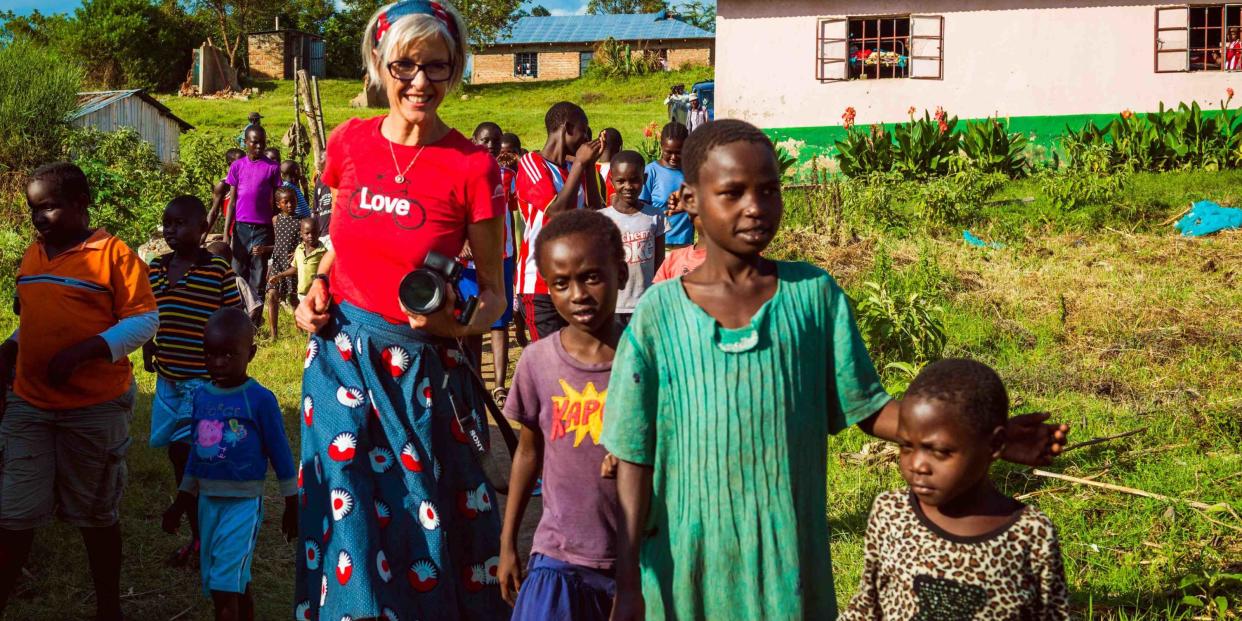
Working women get all sorts of advice: Lean in, lean out, ask for a raise (but don't ask in the wrong way), be aggressive-but not too aggressive. We're also told to nurture our personal lives, lest we end up forgoing families or love or travel or friendship in service of our careers. It's confusing and maddening, and we're all still struggling to figure it out.
"This Woman's Work" is an ongoing series meant to highlight how women in different industries are living their lives. We hope to show that there's no one "right" way to succeed. There are so many ways, and so many different experiences.
Leah Missbach Day made a name for herself as a documentary photographer based in Chicago, but in 2005 she shifted gears and co-founded World Bicycle Relief (WBR) with her husband, F.K. Day. The organization has since donated 340,000 bicycles to students, healthcare workers, and other individuals in developing countries, providing a crucial resource to people for whom transportation options are limited. With a special focus on girls, WBR often plays a vital role in getting young women to school. Day and her family recently moved to Kenya, where Day acts as the chief documentarian for the organization.
Tell me about World Bicycle Relief: What's the purpose of the organization? What's your number-one goal?
WBR is based on key findings from our first disaster relief program after the Indian Ocean tsunami in 2005. Displaced people and families were provided with a bicycle-no strings attached-to use in rebuilding their lives. The bicycle was valued as the most impactful tool in getting parents back to work, children back in school, and allowing people to access consistent health care. Our purpose is to continue on this revelation of simple, sustainable bicycle transportation in addressing basic needs. Our number-one goal is to see quality bicycle transportation as a legitimate economic empowerment tool for those who have walking as nearly their only transportation option.
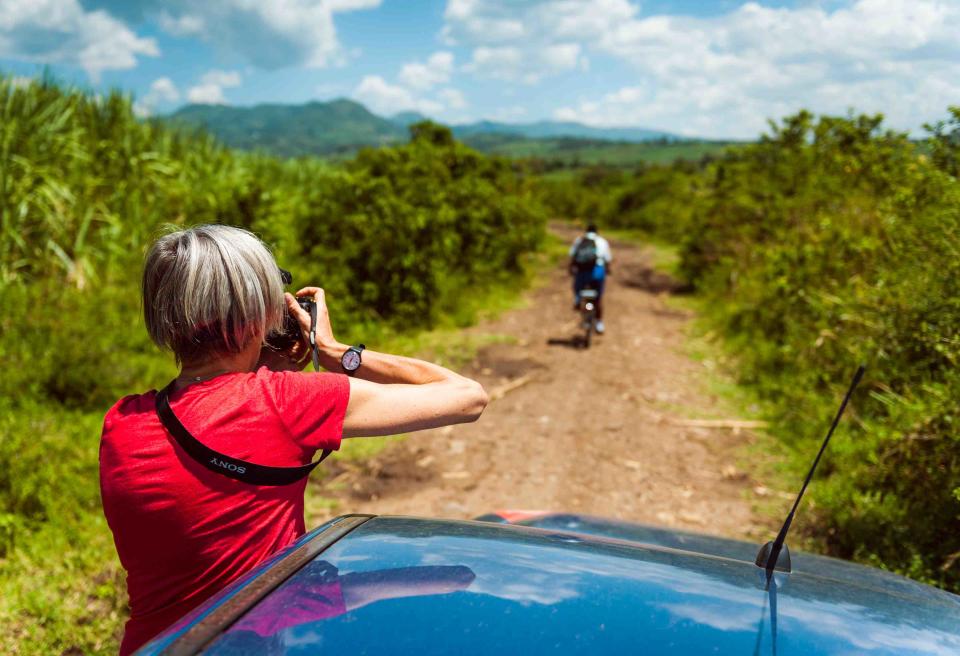
The bicycle is such a potent symbol of women's freedom-can you talk a little about the role that it has played and plays in women's emancipation?
This is a huge question! I wrote a lot about this for the foreword to the book Wheels of Change: How Women Rode the Bicycle to Freedom. Today, in many African countries, Sri Lanka, and Colombia, women do not always ride. Riding may be culturally taboo, women may not have experience and therefore lack the confidence, or men may overpower ownership, leaving women home to do domestic tasks. For myriad reasons, we do not see as many women on the road as we do men.
When we distribute bicycles to elementary and secondary schools, we expect a few things. We ask each school to establish a Bicycle Supervisory Committee. This committee is then tasked with selecting the students most in need, with one caveat: They must select 70 percent girls and 30 percent boys. This generally comes with some discussion as to why value the girls' education over boys'. We explain that we believe that educating girls is a powerful investment into the community and nation, and then we generally find alignment.
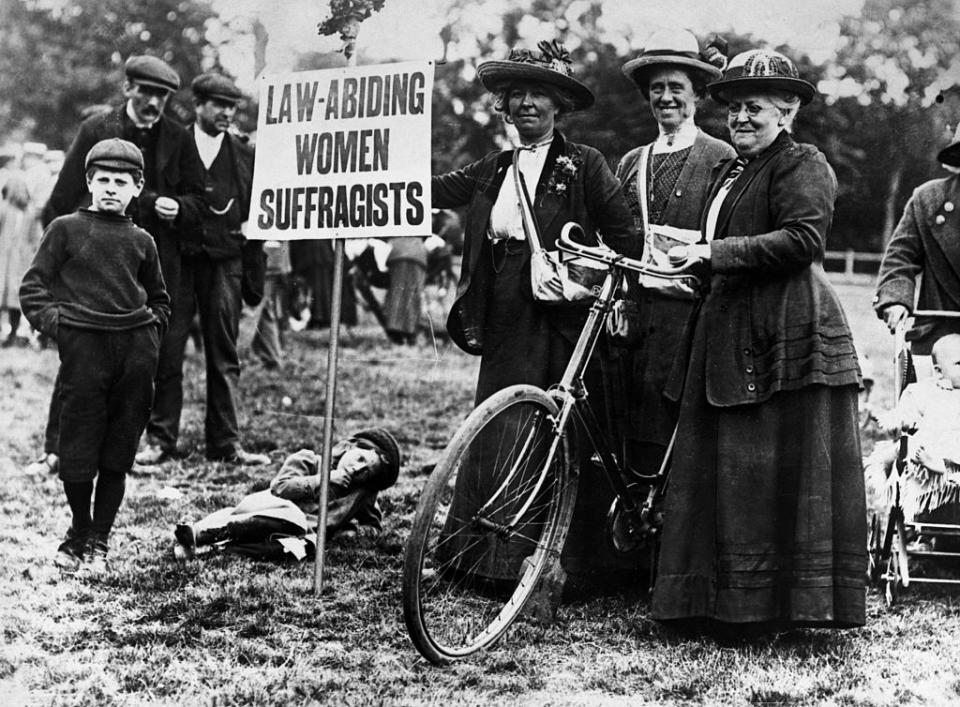
Girls also tell us they feel far safer riding than walking. The teachers recognize this, too. With long distances to travel, many use boda boda (motorcycle taxis), and the drivers often prey on the girls. Confidence may be difficult to measure but easy to see. Data shows they are no longer late to school because of their household duties. They are getting better grades and bringing up entire schools' GPAs. Girls with young babies are returning to school. Safety is less of a concern during long walks to school because when girls ride together, taunts from guys on the path no longer affect them. This impact is glorious.
Is there any one story-one life that WBR changed-that stands out to you?
I have access to so many powerful stories. Especially touching are the ones about girls expressing their confidence out loud because of their bicycle. But it is the story of Maureen's challenges that will forever move me. She had a very long commute to school-12 kilometers, we clocked it. She wrestled with staying at school as a boarder for the week versus returning home daily to be with her parents, which she would have preferred.
Girls with young babies are returning to school. Safety is less of a concern during long walks to school.
Her family had a couple of rickety bicycles that she was forbidden to use. Her uncle lived there too, was a member of the school PTA, and rode her boy cousin to school on his motorbike each day. But not Maureen. She walked either daily or weekly, carrying five days' worth of food and one change of clothes with her. Once Maureen received her bicycle, a remarkable shift occurred at home. If her bicycle got a tire puncture, the other bicycles were suddenly free for her to use. Her uncle even started giving her rides now and then. Maureen's family recognized that an education for their daughter had value. The next time I saw her, she stood much taller.
You've moved to Kenya for the year with your son. What has changed in your day-to-day life? Did you always want to spend time abroad with your family?
Our son is a wonderful traveler. He is often at his best when he is on the move. We decided to just have an adventure together. We locked arms and jumped. It was tough at first. Even with so many people speaking English, communication goes sideways easily. Learning to slow down was an adjustment. Leaving our Western sensibilities at the departure gate, crucial. We stand out. We have been perceived as having lots of money and being ready to help anyone who asks. This can be unnerving, especially for my son. As an adult it is easier for me to listen and respond politely but appropriately. This is our dream come true. But we are learning that this may not be our son's dream. Parenting takes priority. If he needs to return to America for a recharge, all is not lost. We are travelers, after all.
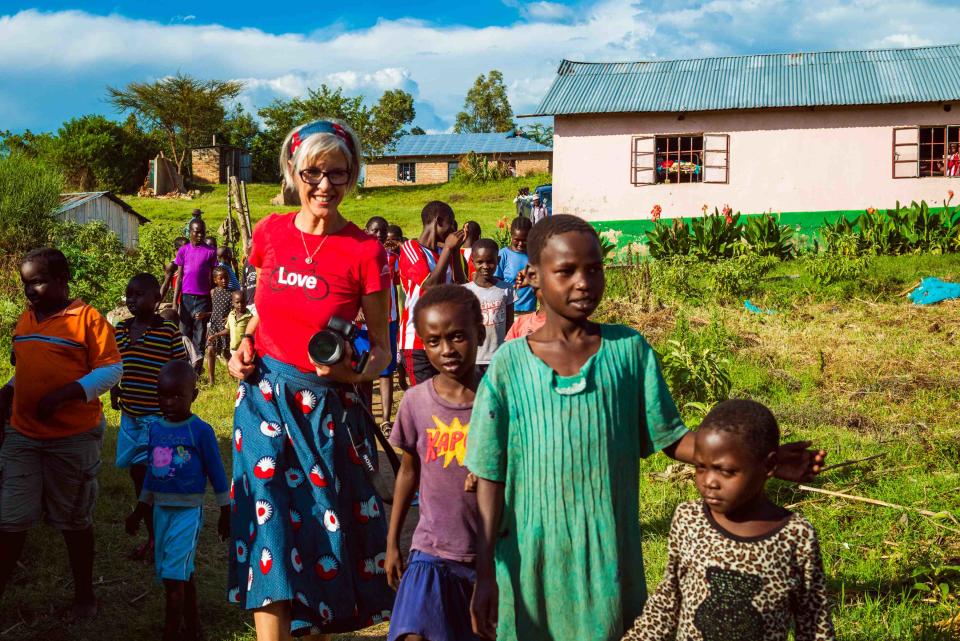
I think a lot of the women who read our site think of their careers as moving in a linear fashion, whereas your career has been more circuitous. Can you talk about how you felt about your professional life in your twenties, thirties, forties, etc.?
I love working, yet 9 to 5, five days a week has never suited me. I have always chosen a freelance route. I have also learned I am an excellent co-pilot and prefer to work with a partner.
In my twenties I got by waitressing and sewing at a costume company until a coworker suggested we open our own shop. I didn't even own a sewing machine! We opened a storefront called Studio Sew Sew. Bottom line profit was nonexistent, but the lifestyle we created, designing for our friends and local talent, was a blast. We made a name for ourselves in the club scene. In my thirties, [I started] wardrobe styling for the television commercial industry. In my forties, the need for something far more meaningful was beginning to nag at me. TV commercials glorify a hero: French-fry boxes, life-insurance salespeople, banks, and cars. Reinventing myself was in order. I pressed the reboot button and went back to school for photography.
Besides moving here to Kenya, nothing has been more difficult or rewarding. Learning a new skill next to quick young learners was humbling. Thankfully, the wisdom of time in the saddle gave me perspective. I wanted it bad. This still rings true today with WBR. Sorting out which audience to say what to, muddling through ever-changing software and hardware can feel endless. But as with good photographs that tell the truth, it always aches before it flies.
Have you ever made a huge professional mistake?
1. I have held back thoughts, imagining my voice did not matter.
2. I have thought I needed to do my work by myself, alone and get it just right.
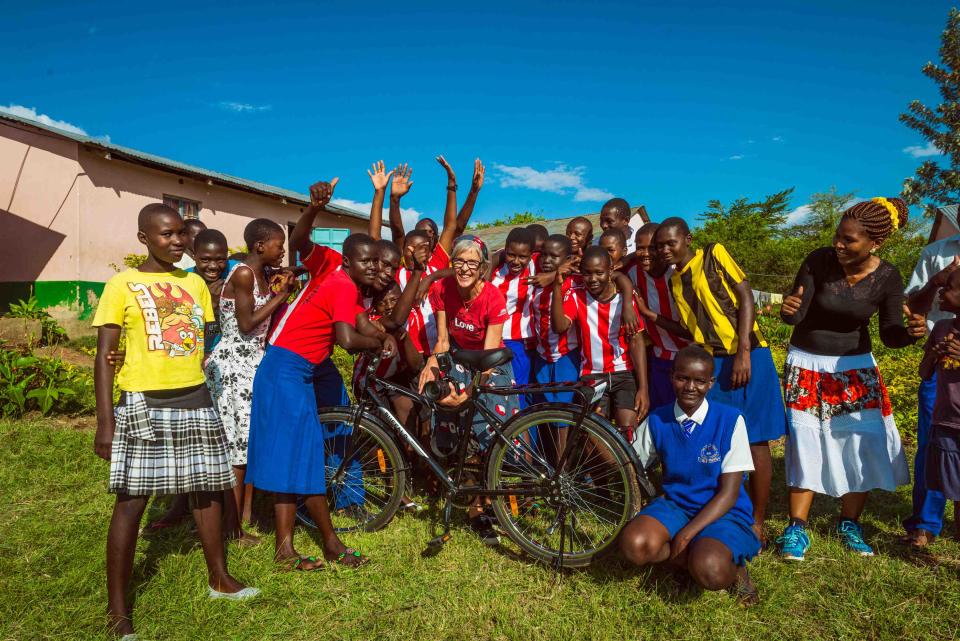
In one interview you gave, you mentioned a female-specific saddle-what's that?
Being married to a "bike guy" for 14 years has taught me about the challenges of design and supply chain in product development. The component industry is working two to three years ahead of what we see on the bike shop shelves. Women have specific needs. A female saddle is a life-changer for comfortable riding. I would recommend it to any woman who is considering riding for fun, as a lifestyle change, or shopping for a new bike. I would especially recommend a new saddle to a woman who once rode then stopped.
I gave up biking when I was pregnant with my first kid. Now I have a 3-year-old and a 1-year-old. Is there a bike out there for me? (I live in the giant traffic snarl known as New York City.)
For the little ones, I recommend a seat between you and the handlebars. This way you can talk (to at least one of the kids) while riding. The next wave for you might be a long wheelbase cargo bike, one that both kids can sit on together in the back. These can be very agile even though they are rather large. There are three-wheelers that you can also ride, sort of like an ice-cream cart. They are not super agile, but they are fun, safe, get the job done, and by sheer magnitude seem to clear traffic.
The current design of our Buffalo Bicycle has a curved-top tube. To me, this is the single most gender-neutral thing we have accomplished in all our designs. The curved-top tube was originally designed for supply chain convenience. It costs less to ship one model rather than a male version and a female version. Many women that we asked said they preferred the male model, saying they believed it was stronger. We tested this, and they were correct. Our response was the curve in the cross tube. [Families should have a] dignified design for both the male and female riders.
You Might Also Like

